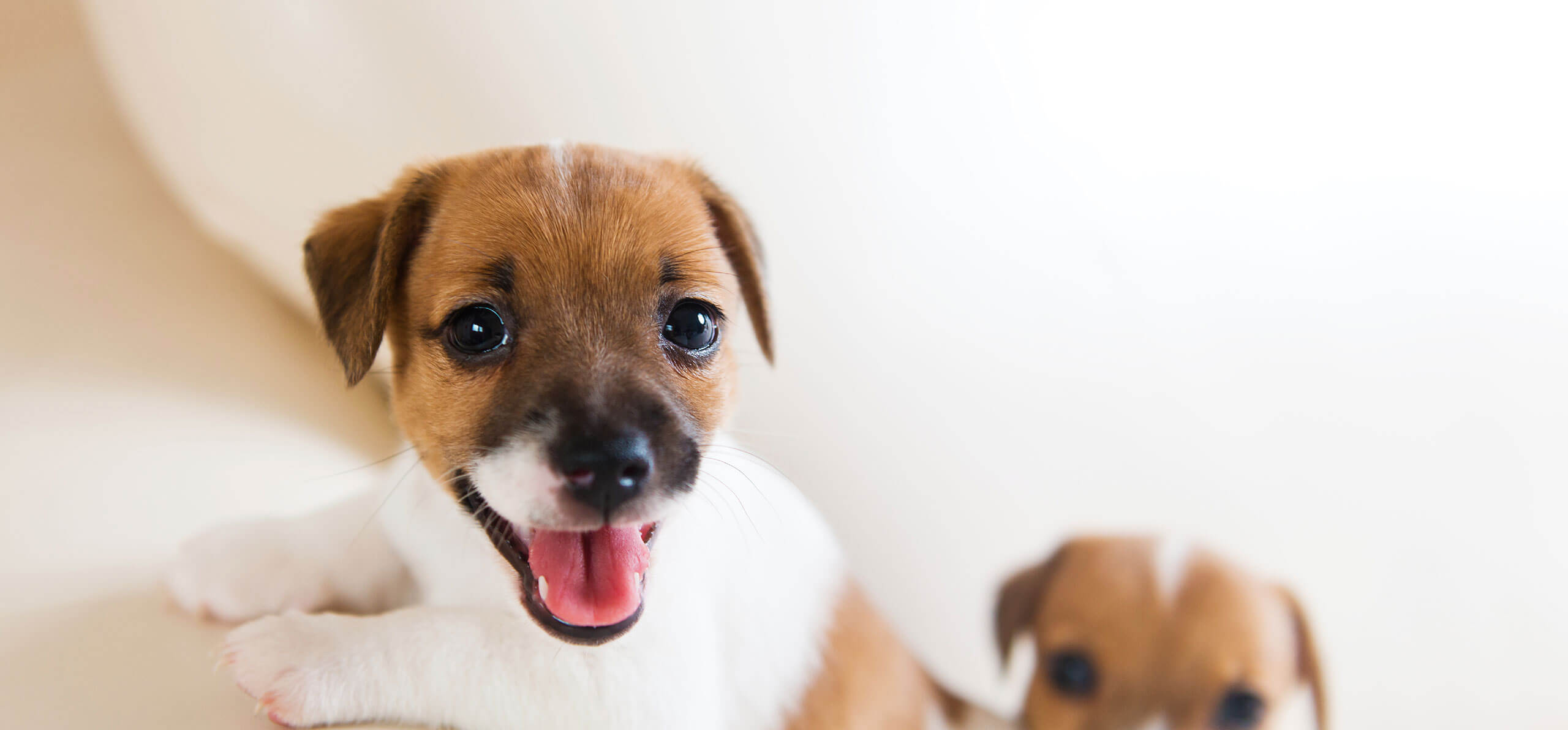It's important, therefore, to make sure your puppy becomes comfortable with his crate.
1. Go slow –
Putting your pup in the crate the first few times shouldn't be a battle. You don't want him to associate it with force or punishment. Proper introductions take time, but they pay off.
Allow him to discover the crate on his own by placing tasty treats inside that will lure him in to discover the space in his own time. Gradually begin telling him to go into the crate and follow it up with a reward. Eventually you’ll be able to ease into shutting the door and introducing alone time. Taking the process nice and slow will make the situation less fearful.
2. Silence is golden –
At first, pups may make a fuss about being in their crate. They might whine, cry and bark until they get your attention and are let out. You can either ignore the noise completely and let him "cry it out," or use a command like "No bark" to let him know the noise is undesirable.
Once the noise stops for 15 seconds, then you can come back to the room. This lets your pup know you’re looking for silence.
3. Not for “go-to-your-room” scoldings –
Crates aren’t for punishment. You don't want your pup to think he’s in the crate because he’s bad. Create as many pleasant experiences within the crate as you can, like feeding meals or playing with bones. If you use a small space to confine your pup for unsavory behaviors, choose a different spot in the home like the mud room or bathroom.
No matter what type of crate you select for your pup, make sure there’s enough space for him to stand up and do the doggie three-turn before laying down. This will ensure he’s comfortable in his crate.
Also, outfit the crate’s interior with a soft mat or blankets for sleeping, water if your pup will be in the crate for over two hours, and toys or a treat.
If your pup is a larger breed and is expected to grow rapidly, you can save money on a new crate by purchasing a large crate up front and blocking off a section of the bigger crate with a divider until your pup grows into it. This will allow him to feel cozy and secure and save you from shelling out extra cash.
Get creative with the crate
There are three standard types of crates to choose from:
-
Plastic kennels
-
Fabric on a collapsible but rigid frame
-
Collapsible metal pens
Crates don't have to be an eyesore in your home. They can be as fashionable as they are functional. Some chic crates even look like end tables and can blend right in with your home decor, but you can make your crate a little more attractive on a budget, too.
Some families cover their crates with cloths to keep the light out and make the pup feel secure. Why not choose a stylish blanket or popular patterned fabric? Choose colors that complement your room.
Some folks even attach a tabletop to the crate’s hood to display home accents but if you have a rambunctious pup, you may not want to risk items toppling over.
Whatever you decide, instilling positive, warm experiences with your pup’s safe haven will make life easier for both of you.

